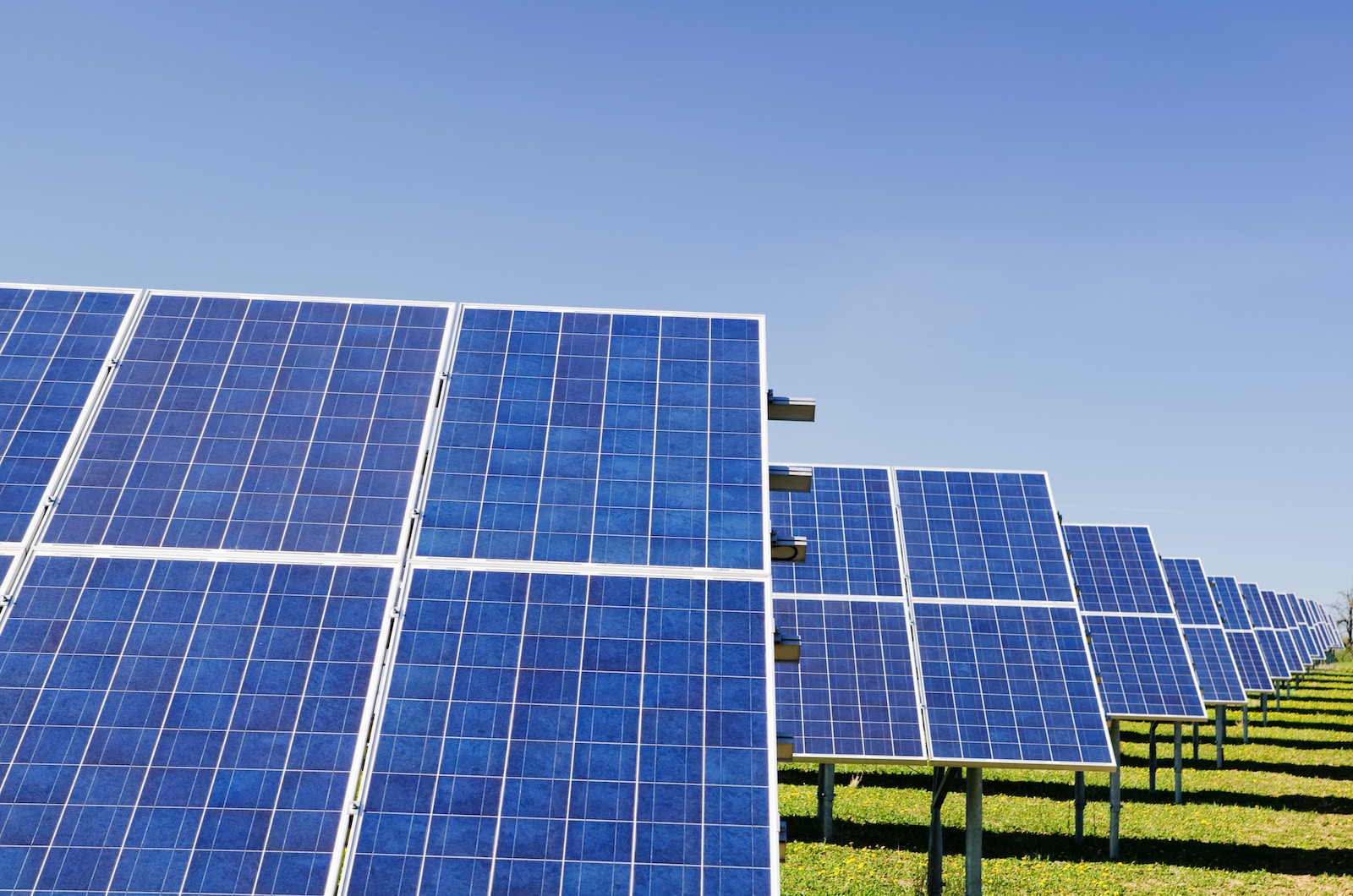The concept of subscription rates for solar farms has gained traction in recent years as more consumers and businesses recognize the value of renewable energy and seek to reduce their carbon footprint.
A good subscription rate for a solar farm refers to the pricing offered to customers who purchase solar energy generated from a community or shared solar farm, providing them with a clean and cost-effective alternative to traditional energy sources.
The good subscription rate for a solar farm in the US can range from 5 to 15 cents per kilowatt-hour (kWh) of electricity generated.
Subscription rates can vary depending on several factors, such as the size of the solar farm, the cost of solar panels and equipment, and the region in which the solar farm is located.
A good subscription rate should balance affordability for subscribers and financial viability for solar farm operators, ensuring sustainable growth in the solar energy sector.
By offering competitive subscription rates, solar farms can attract more consumers and businesses, encouraging renewable energy adoption while promoting environmental sustainability.
As solar energy becomes increasingly accessible and cost-effective, the demand for solar farm subscriptions is expected to rise, paving the way for a cleaner and more sustainable energy future.
What Is A Solar Subscription?
Solar subscription plans enable homeowners, renters, small businesses, religious organizations, and non-profits to support renewable solar energy without installing rooftop panels on their properties.
Subscription options for rooftop solar panels generally do not require upfront costs, making them an attractive alternative.
This subscription model is referred to as Community Solar Subscription.
Rooftop solar panel companies might also offer subscription plans; however, this approach has its own challenges, such as installing rooftop panels, which may not be feasible for renters.
Community Solar offers a solution through a long-term subscription service, allowing property owners and renters to support clean energy without the burden of installing panels and simultaneously saving on electricity expenses.
What Are The Benefits Of Subscribing To A Solar Farm?
Subscribing to a solar farm offers numerous benefits to individuals and communities seeking a greener and more sustainable energy source.
By participating in a solar farm, subscribers can access clean, renewable energy without installing solar panels on their property.
This is especially advantageous for those with limited space, unsuitable rooftops, or residing in rental properties.
Solar farms often provide cost savings, enabling subscribers to secure lower electricity rates, and reducing monthly energy bills.
They also promote local economic growth through job creation and investment in infrastructure.
Furthermore, solar farm subscribers contribute to reducing greenhouse gas emissions and dependence on fossil fuels, collectively working towards a cleaner and more sustainable future.









